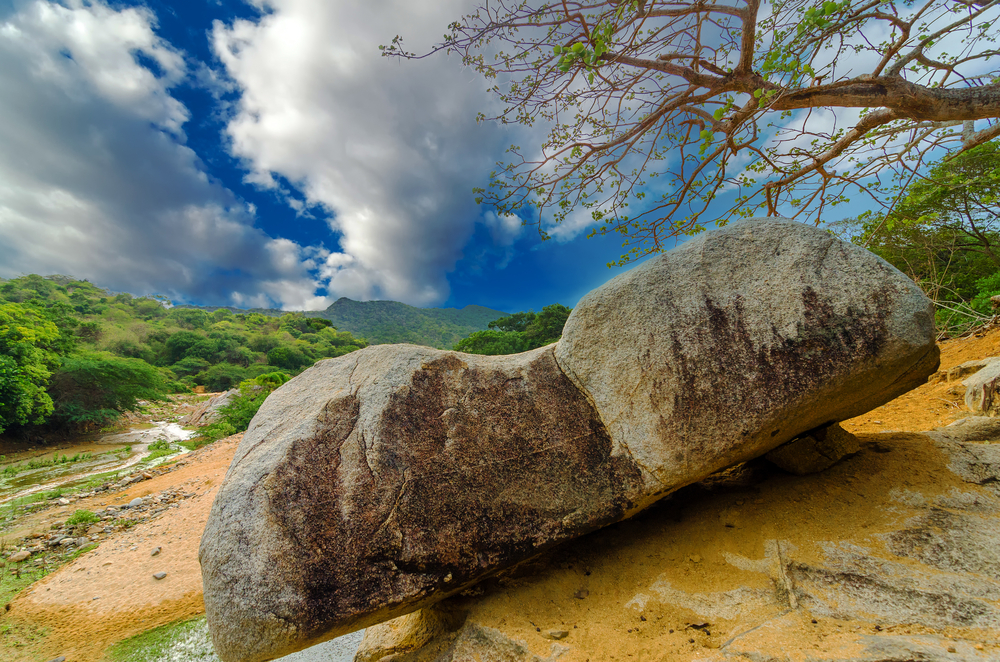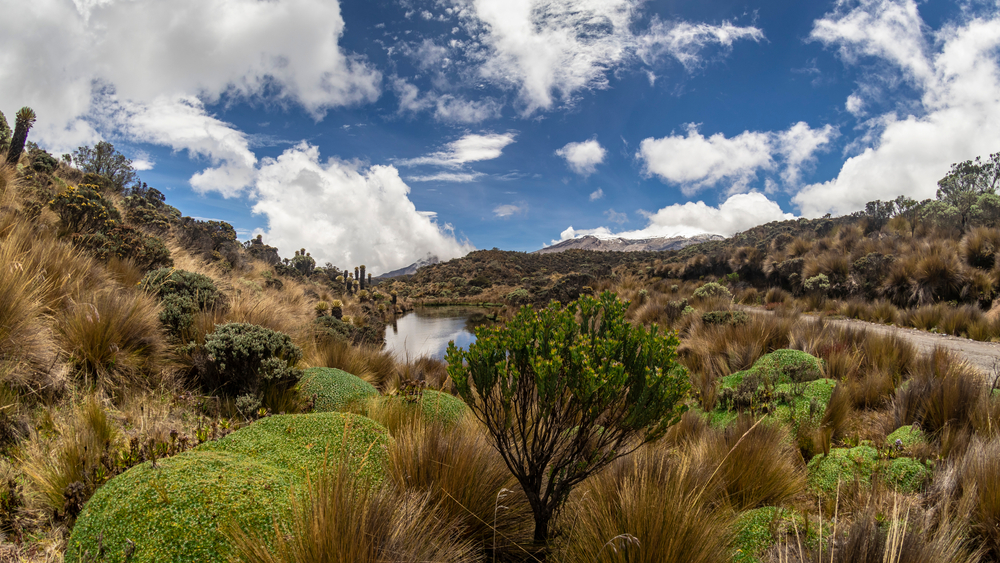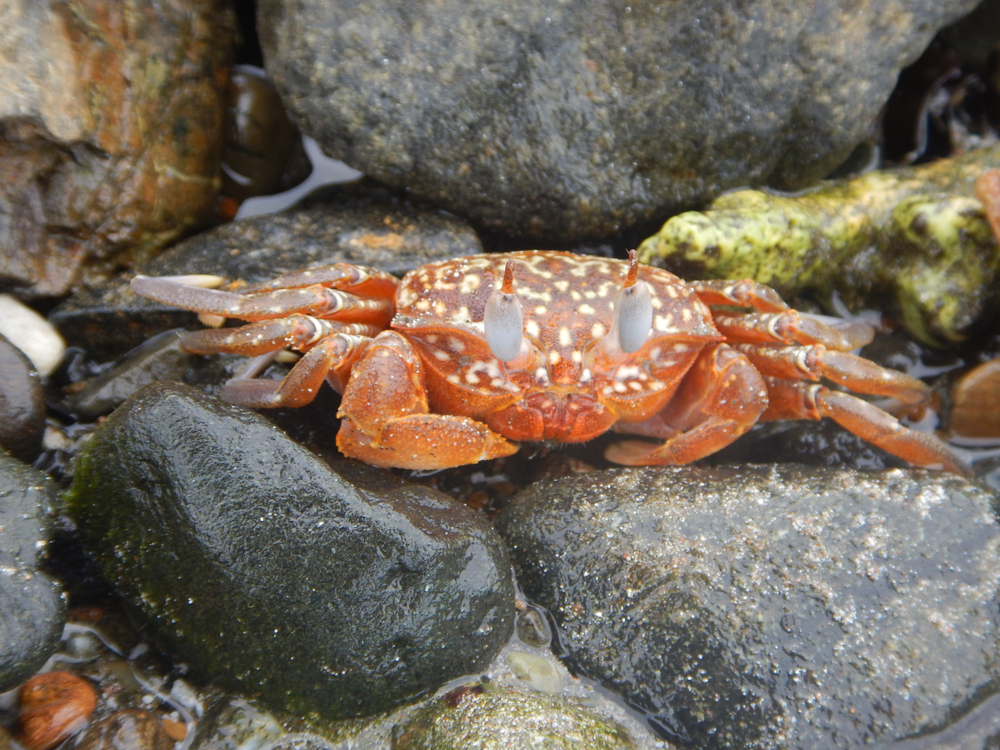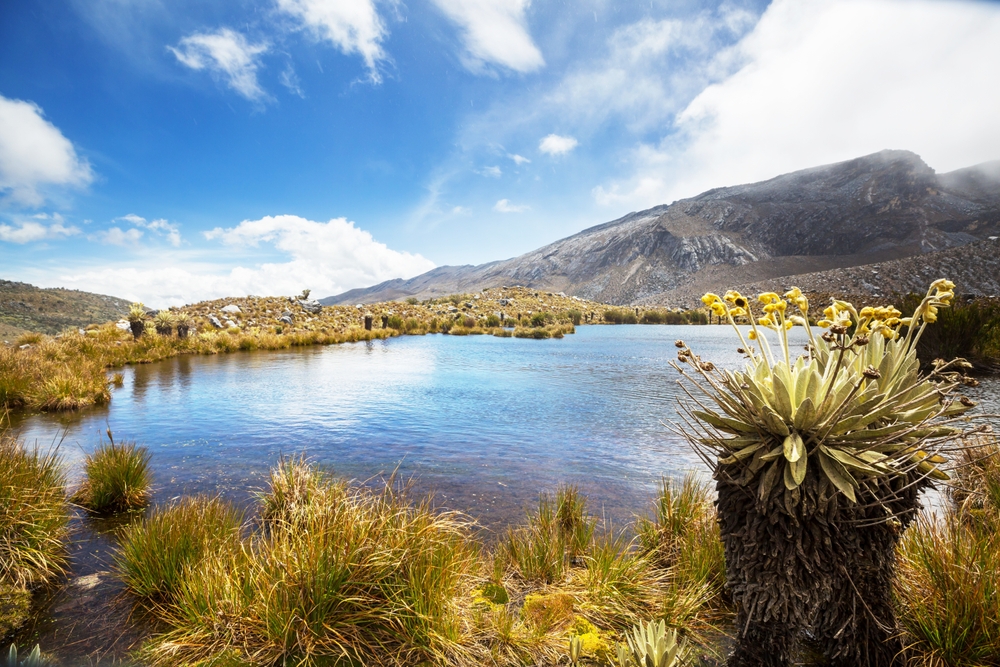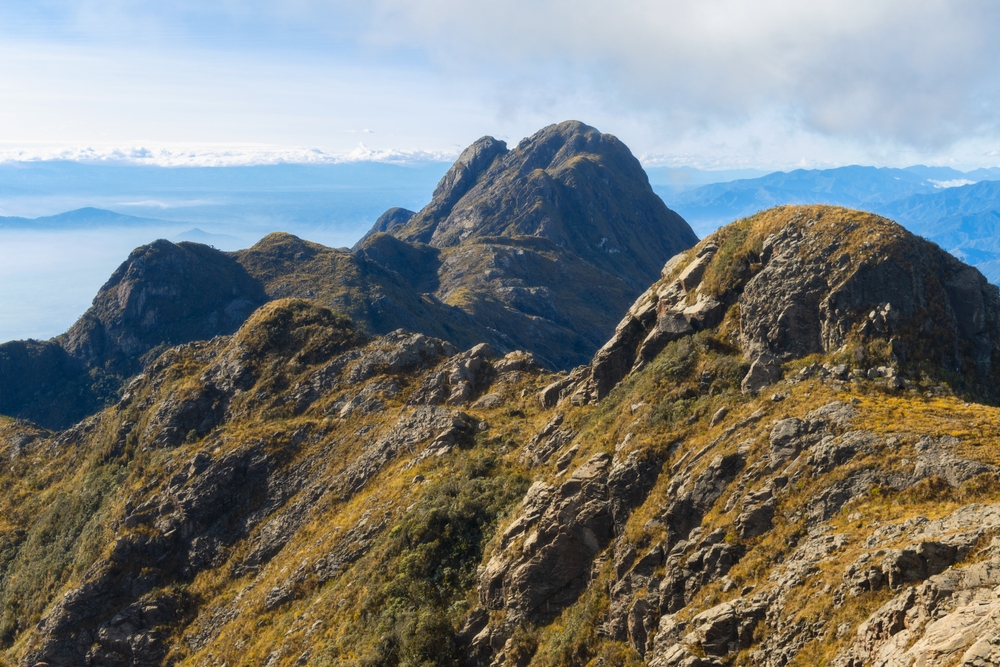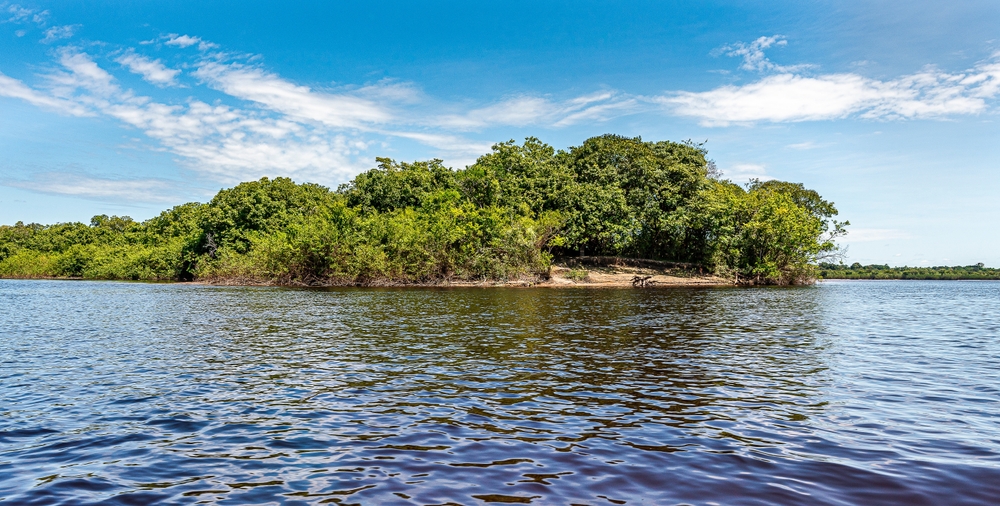Macuira Overview
Macuira National Park, known as Parque Nacional Natural Macuira in Spanish, is a unique and ecologically rich protected area in the La Guajira Peninsula of northern Colombia.
Spanning approximately 96 square miles (250 square kilometers), this park is an oasis within the arid landscape of the peninsula. It is located near the municipality of Uribia and forms part of the ancestral lands of the Wayuu people. The park is notable for its cloud forests, which exist in stark contrast to the surrounding desert.
The Macuira mountain range, with peaks such as Cerro Paluou and Cerro de la Teta, rises to about 2,625 feet (800 meters) above sea level, capturing moisture from trade winds and sustaining a lush, green environment. This phenomenon creates a microclimate that supports a variety of plant species, including ferns, orchids, bromeliads, and palms, which are uncommon in such an arid region.
The park’s landscape is diverse, featuring rolling sand dunes, rocky outcrops, and verdant forested slopes. Streams and small waterfalls, such as those found in the Valle de los Frailejones, provide essential water sources for the flora and fauna.
The contrast between the dry desert and the humid cloud forest makes Macuira National Park one of the most unique ecological zones in Colombia. The vegetation ranges from cacti and thorny scrub in the lower elevations to dense cloud forests at higher altitudes, where the humidity allows for an unexpected level of biodiversity.
Wildlife thrives within this green refuge, with a notable number of endemic and migratory bird species making their home in the park. Birdwatchers can find the rare and strikingly colored golden-winged warbler, the buff-breasted mountain tanager, and the red-legged honeycreeper.
Among the mammals, species such as the white-fronted capuchin monkey, the margay, and the nine-banded armadillo inhabit the park’s varied terrain. The presence of amphibians and reptiles, including colorful tree frogs and lizards, further highlights the park’s rich biodiversity. Despite its small size, Macuira National Park plays a critical role in protecting species that would otherwise struggle to survive in the surrounding desert.
Visitors to the park are often captivated by its hidden waterfalls, scenic hiking trails, and cultural significance. The Wayuu people, the region’s indigenous inhabitants, continue to live in and around the park, preserving their customs and traditional knowledge of the land.
Local guides provide insight into the park’s natural and cultural heritage, offering visitors the chance to experience the Wayuu way of life, from their vibrant weaving traditions to their deep connection with the environment. Hiking trails lead through the cloud forest and up to panoramic viewpoints, allowing for stunning views of the surrounding desert and coastline.
Macuira National Park faces conservation challenges due to its fragile ecosystem and increasing human activity in the region. Illegal deforestation, overgrazing by livestock, and water scarcity pose ongoing threats to its biodiversity.
However, conservation efforts, including community engagement and park management strategies, aim to protect the delicate balance of this rare cloud forest within a desert environment.
Sustainable tourism initiatives have also helped raise awareness about the park’s ecological importance, fostering a sense of responsibility among visitors and local communities.








































































